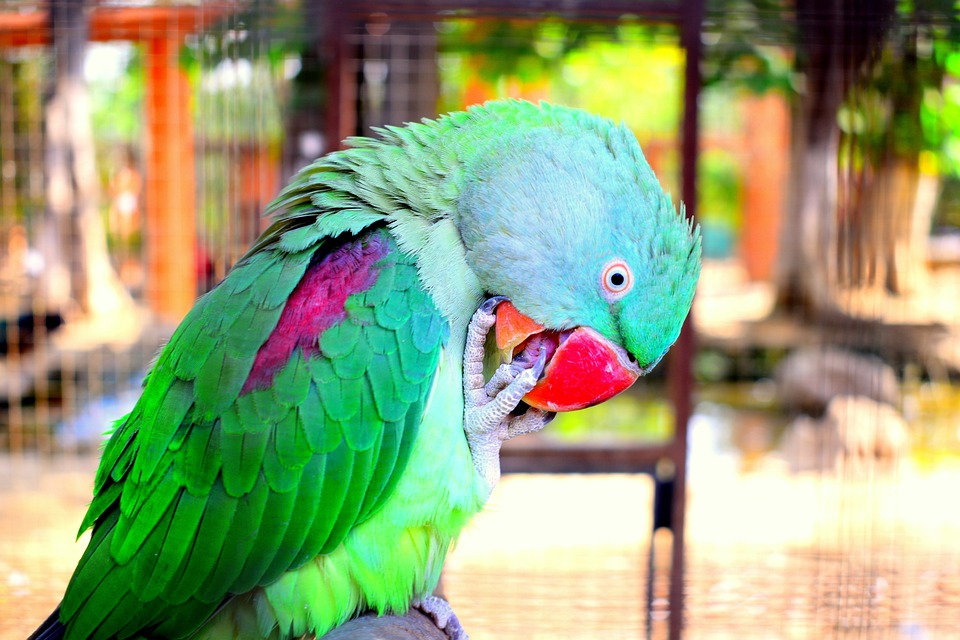Parrots are highly intelligent and social creatures that require mental and physical stimulation to stay happy and healthy. Training sessions are an essential part of their routine, allowing them to learn new behaviors, develop their cognitive skills, and strengthen the bond with their owners. However, some parrots may become impatient during longer training sessions, leading to frustration and ineffective learning. In this article, we will explore various techniques and strategies to discourage parrots from becoming impatient during training sessions, ensuring a productive and enjoyable experience for both parrot and owner.
Before delving into the methods to discourage impatience, it is crucial to understand why parrots may become impatient during training sessions. Parrots are naturally curious and energetic creatures, and their attention spans may vary. Long training sessions can be mentally exhausting for them, leading to impatience and a lack of focus. To effectively train your parrot, it is essential to create an environment that promotes patience and engagement.
One effective way to discourage impatience in parrots is to keep training sessions short and frequent. Instead of having one long training session, break it down into several shorter sessions throughout the day. This approach helps prevent mental fatigue and keeps your parrot engaged and motivated. Aim for sessions lasting around 10 to 15 minutes, depending on your parrot’s attention span and energy levels.
Positive reinforcement is a highly effective technique in parrot training. By rewarding desired behaviors, you motivate your parrot to continue learning and engaging in the training process. Utilize your parrot’s favorite treats or toys as rewards to reinforce positive behavior. Make sure the rewards are appealing and desirable to your parrot, as this will help keep their attention and prevent impatience.
To prevent boredom and impatience during training sessions, incorporate interactive toys and enrichment activities. These toys provide mental stimulation and keep your parrot engaged. Use puzzle toys that require problem-solving skills, foraging toys that mimic natural feeding behaviors, or even simple toys that encourage physical activity. By incorporating these elements into your training sessions, you can help alleviate impatience and maintain your parrot’s focus.
It is crucial to be observant and recognize the signs of impatience in your parrot. Some common signs include restlessness, vocalizations, biting at training props, or attempting to fly away. If you notice these signs, it is essential to respond accordingly. Take a short break, provide your parrot with a brief diversion, or switch to a different training activity. By responding to signs of impatience promptly, you can prevent frustration and maintain a positive training experience.
In conclusion, parrots are intelligent creatures that require mental and physical stimulation. Keeping training sessions short and frequent, using positive reinforcement and rewards, incorporating interactive toys and enrichment, and recognizing and responding to signs of impatience are all effective strategies to discourage impatience during training sessions. By implementing these strategies and understanding the importance of patience in parrot training, you can create a positive and effective training environment for your feathered companion. Remember to be patient yourself and approach each training session with enthusiasm and positivity. Happy training!









